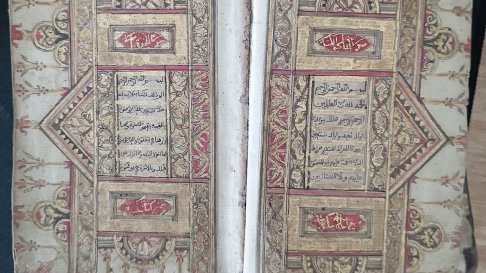Abstract
Among several literary and scientific works of the Ottoman poet Ahmedi (d. 1413) the Iskendernāme (Book of Alexander) is the most celebrated one. More than one hundred manuscripts have survived, which were copied between the fifteenth and nineteenth centuries in a large geographic area—from Edirne to Herat. Ahmedi’s Iskendernāme not only recounts the Islamic legend of Alexander but also includes passages on geography, medicine and specifically on history, alongside discussions on religious and moral matters.
In addition to over eighty unillustrated copies, some of which are elaborately illuminated, the surviving twenty-one illustrated volumes and several detached illustrated folios of the Iskendernāme testify the popularity of Ahmedi’s text among the Turkish-speaking readers and bibliophiles. While five Ottoman and one Mamluk copies exist, the majority --fifteen illustrated fine manuscripts and several dispersed folios-- were produced in Shiraz, and two volumes were created in Herat and Tabriz for Turkmen/Safavid patrons.
This presentation will focus on the textual revisions seen in these fifteenth - and sixteenth-century Turkmen copies. A comparative analysis of the text shows that these rather numerous manuscripts include important alterations reflecting the cultural, political, and religious contexts of their patrons. Deliberate editing of Ahmedi’s original text both in terms of orthography and content was aimed at making the text more palatable to Shiite audiences and patrons.

